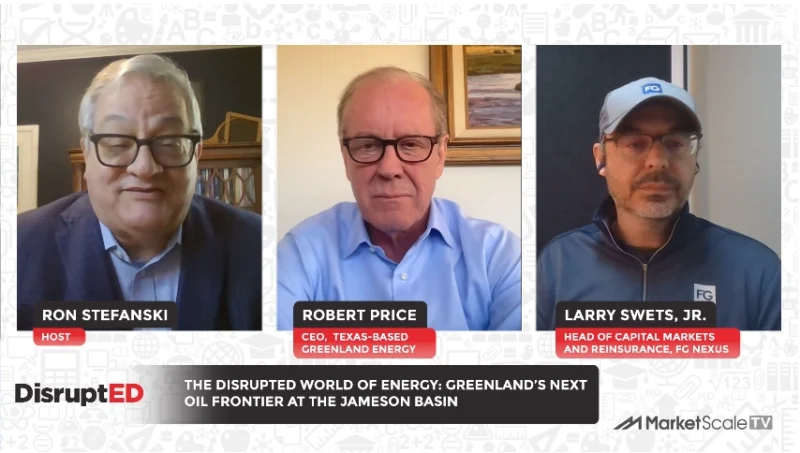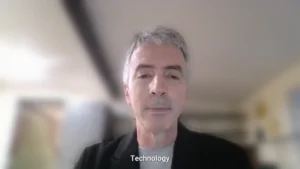How Battery Storage Can be Lifesaving During Power Shortages and Emergencies
Modern innovations have made all sorts of things achievable in the realm of power, and one of the most exciting developments is the potential benefits to be gained by leveraging storage integrated into electrical grids.
Development in battery technology is making those integrations possible.
With integrated storage, electrical grids can store energy generated during high-production, low-consumption periods to release when production dips. This reserve power can help grids meet the elevated demands of modern society.
What is an Electrical Grid?
In short, an electrical grid is an interconnected network that brings electricity from producers to consumers. Typically, energy is generated and released relative to real-time demands.
However, all kinds of obstacles can hinder this model. Power line damage from inclement weather, fallen trees, malfunctioning equipment and more can lead to strain and outages, leaving consumers in the dark.
In the case of destructive storms, the number of customers left without power can be dizzying. During Hurricane Sandy in 2012, an estimated eight million customers were affected by power outages.
The impact extends beyond major catastrophic events, as well – 147 major blackouts occur each year in the U.S. due to adverse weather, and 15 million customers every year are affected by weather-related outages.
It’s not simply an inconvenience, either – outages can hinder critical emergency and rescue services.
So, What Can Be Done?
By leveraging storage integrated into grids, themselves, the negative consequences of outages can be mitigated.
By storing electricity during high-production, low-demand times, that energy can be saved for periods when regular sources are unavailable or connections have been severed. This allows customers to remain powered during repairs and ensures that our society’s most important services, like medical care at hospitals, can continue unimpeded.
The Benefits of Grid Storage:
Integrated grid storage provides increased reliability and resistance, reducing the total number of outages in the first place.
However, grid storage also allows for rapid responses to grid upsets that keep the grid balanced and functioning in the face of roadblocks.
Grid storage also promotes the decentralization of energy, allowing communities at greater distances from power sources to store energy locally.
Grid storage can also play a backup role to renewable energy, providing power when renewable sources aren’t available and releasing energy to account for gaps in production.
Finally, grid storage can assist in the integration of multiple sources of power. As society moves toward varied and sustainable power sources, grid storage can consolidate power from sources like solar, wind and water into one location to be distributed throughout the grid.
Ready to learn more about how Arbin is helping to lead the charge toward grid storage and more?
—
Follow us on social media for the latest updates in B2B!
Twitter – @MarketScale
Facebook – facebook.com/marketscale
LinkedIn – linkedin.com/company/marketscale









